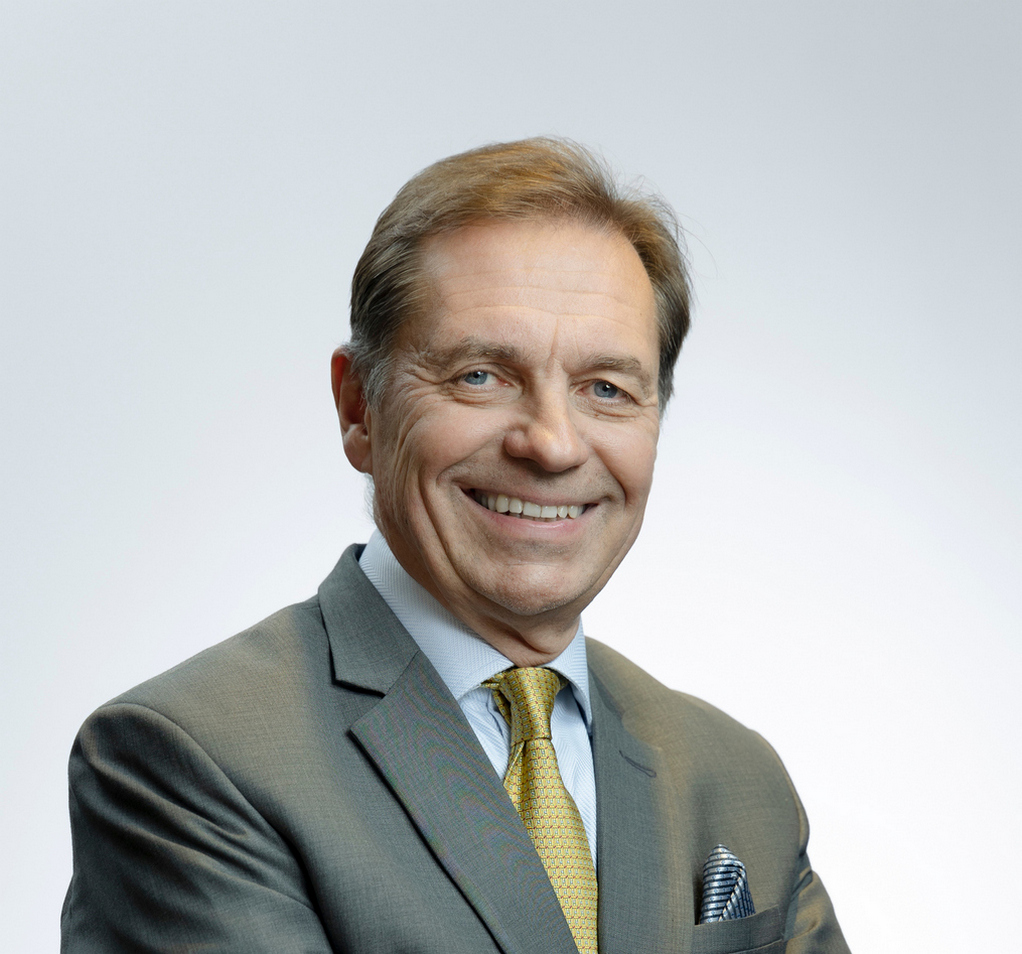Mr Kari Hietanen, Executive Vice President, Corporate Relations and Legal Affairs, Wärtsilä in an exclusive interview with Future Fuels shared his thoughts green transition in Europe.
Q. What are the technical solutions Wartsila offers for the green transition?
Wärtsilä has a wide range of technologies enabling green transition both in marine and energy sectors.
In marine sector the decarbonisation measures include decarbonisation of the power trains, energy efficiency and savings and optimisation of the whole logistic chain. Wärtsilä has solutions for all these measures. We can already today provide engines capable of running on carbon neutral fuels and hybrid solutions and our goal is to provide engines capable of running on zero carbon fuels. Our portfolio includes many technologies providing energy savings. We offer retrofits, guarantee of performance, and also data driven solutions for optimizing fleet and vessel operations. We believe that there is no single solution to decarbonise the marine sector, instead it requires a wide range of different measures.
Wärtsilä is also in key position to lead the transformation towards 100% renewable energy future. Wärtsilä offers future-fuel-enabled balancing power plants, hybrid solutions, energy storage and optimisation technology, including the GEMS energy management platform. Wärtsilä Energy’s lifecycle services are designed to increase efficiency, promote reliability, and guarantee operational performance.
Q. Will the climate targets set with fit for 55 proposals help Europe meet the carbon neutrality by 2050?
Fit for 55 package is a wide regulatory package, which is meant to support the EU’s GHG emissions reduction targets by 2030. EU’s climate targets 2030 are kind of mid-targets in the way to carbon neutrality by 2050. In this context the Fit for 55 package will at least try to create a regulatory framework aimed at safeguarding the necessary GHG emissions reduction.
Q. What is the pace of green transition in Europe with the latest transition measures?
The ambition level is high and there are many on-going developments in various sectors. Decarbonisation of economies require however huge changes in infrastructure, technologies, and business models. Some crucial elements need to exist until the other developments can take place. E.g. decarbonisation of the power systems requires major renewable capacity additions on annual basis. Green electricity is needed also for alternative fuels production. In that sense the pace could be quicker.
Q. What are the main challenges in the transition to zero carbon – and what solutions have caught your attention?
The main challenge in the transition to zero carbon future is the lack of a clear pathway. The change cannot happen overnight due to, for example, lack of zero carbon fuels or proper infrastructure. We need to remember that it is equally important to focus on the transition period as it is to focus on the end goal. Future-proof technologies, such as engines capable of running on different fuels, enable the transition to decarbonised shipping and 100% renewable power systems.
Q. Will the Russia-Ukraine conflict impact the climate targets set in Europe?
In general, Russia’s attack to Ukraine impacts on many sectors, including energy supply. It is still difficult to estimate the impact to the upcoming directions, but presumably this may accelerate the development and usage of green energy.
Tags: Carbon Neutrality, Europe, Fit for 55, GHGs, Green Transition, IMO, Russia-Ukraine conflict, Wartsila

Recent Posts
DPIIT promotes green logistics industry
Petronet LNG reports record volumes
TotalEnergies buys stake in wind farm to produce green hydrogen
Ports of Indiana, Port of Antwerp-Bruges partner on green shipping
Bhutan moves towards green transition
GCMD completes biofuel supply chain trials with Hapag-Lloyd
Airbus partners with Avolon on hydrogen aviation
Nuclear power transition more safe option for decarbonisation than coal